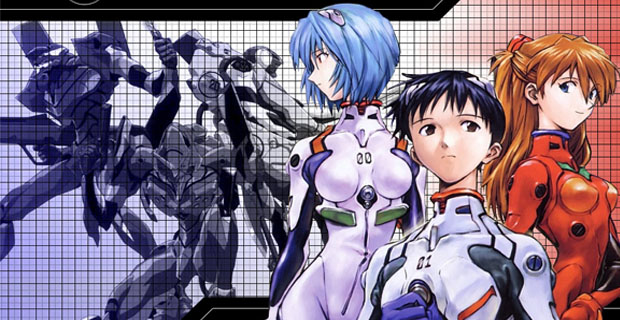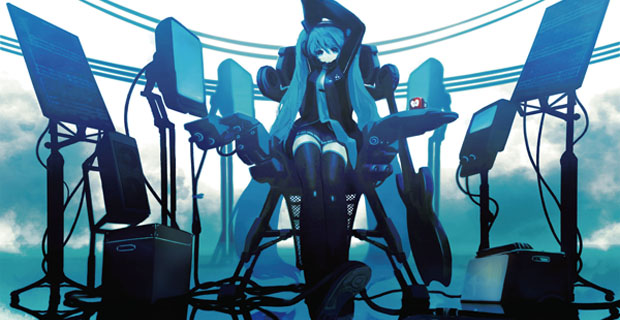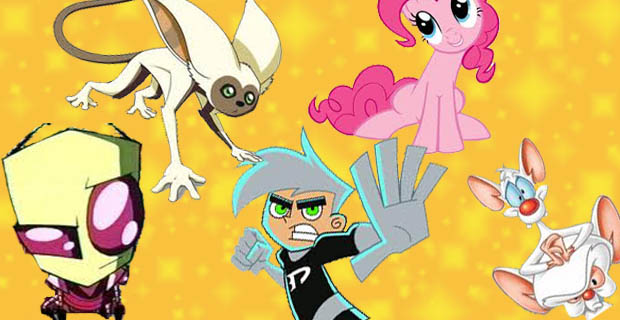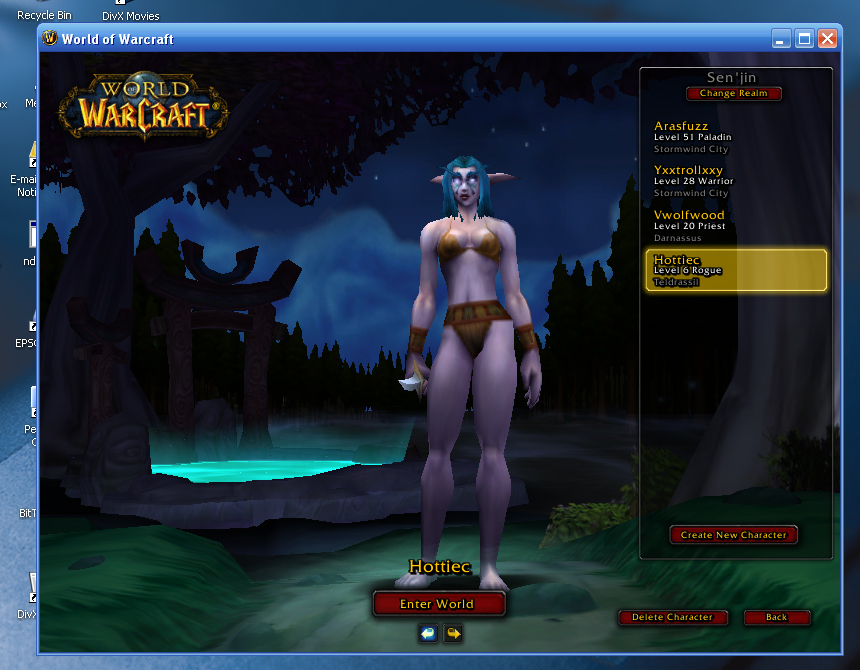Last time we talked about how perspective influences the player’s relationship with the main character. This
time, let’s look at how view point changes how the player feels about other
characters in the game. Let’s talk about god.

Okay, god perspective (I had you worried for a second, didn't I?). God-perspective is a top-down view used in simulation and strategy games. The player views things from high up and far away, as
if they were a spiteful god. Oftentimes they act like one, too. See, the
god-perspective puts a lot of distance between the player and the miniscule
figures onscreen. It allows the player to observe humanity impartially. It also
allows them to be an enormous jerk. No game demonstrates this better than The Sims.
| Look at those snide little jerks. They're begging for a thunderbolt. |
In The Sims, while the player does create and control characters, none
of the individual characters are integral to the game. The player can delete
and create new characters at any time. This, combined with the
looking-down-from-heaven view, makes the Sims dispensable. The player is free
to do whatever the heck they want without feeling responsible. While the
ambiguous goal of the game is to earn money and build a merchandise-filled
house, many players choose to make their Sim’s life miserable. In an online
chatboard, players brainstormed fun things they could do with their Sims.
Responses ranged from “make a huge family and kill them all and make a new
family move in ... in the same house” to “refuse to use the bathroom” to even “Make
your Sim cheat on their husband/wife and see how long it takes them to get
caught.”1 Players feel no guilt about what they force the Sims to
do, because the remote perspective reduces the Sims to mere playthings.
Likewise, in the strategy game Civilization, the player is a ruler of a
country, and the goal is to build the best empire (or as an albino mouse might put it, try to take over the world). This involves sending troops to war. When
the player is at war, their forces are referred to as “units.” Their soldiers
and people are not given an identity or any individuality. There is no reward for
keeping them alive, other than the fact that they can be reused as more cannon
fodder. Once again, the top-down perspective gives the player a sense of being
above the action, both literally and figuratively. Because of this, the player
is detached from the struggles of the NPCs.
 |
| Apparently Civilization is about a society of giants. |
Contrast this with Valkyria Chronicles, a war game that uses the same perspective. At the beginning of every turn, the player views a
map showing the position of their soldiers and the opposing forces on the
field. However, when the player selects a soldier to move, the game switches to
3rd person perspective, and the player controls that unit directly. Not
surprisingly, the soldiers all have an individual identity, complete with a unique character model, names, and even personal likes and dislikes that
influence the way they perform in battle. By knowing the strengths and
weaknesses of their soldiers on an individual basis, the player can use them
more efficiently. This play style reinforces the plot, which is also heavily
character driven.
The Pokemon series uses a similar technique to spotlight the
fantastical freaks of the franchise. Every new “generation” of games has a new, silent protagonist. This protagonist never speaks or shows any personality.
Again, the top-down perspective of the games detaches the player from the
onscreen character, making the human avatar seem disposable and unimportant.
When a Pokemon battle starts, the perspective switches. Suddenly the player
views the battlefield from ground level, from a perspective that may or may not
be the player character. When Pokemon are sent out to battle, the player views
them up close and personal. You could argue that this is to better show off the
violence, but the joke’s on you because Pokemon
is about as non-violent as animal fighting gets. Instead, this makes the player more likely to
care about their Pokemon, whom they see first-hand fail and succeed, than the
player character, whom they see only from a distant view.
 |
| This is at least twice as violent as the average Pokemon battle. |
1.
"1000 Fun Things to Do in Sims 3." Jan
2009. NeoForum Community, Online Posting to Neoseeker.
Web. 28 Mar. 2012 .




















